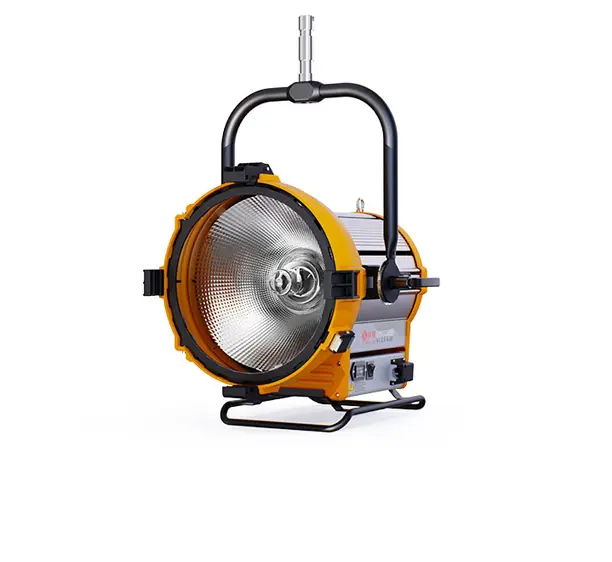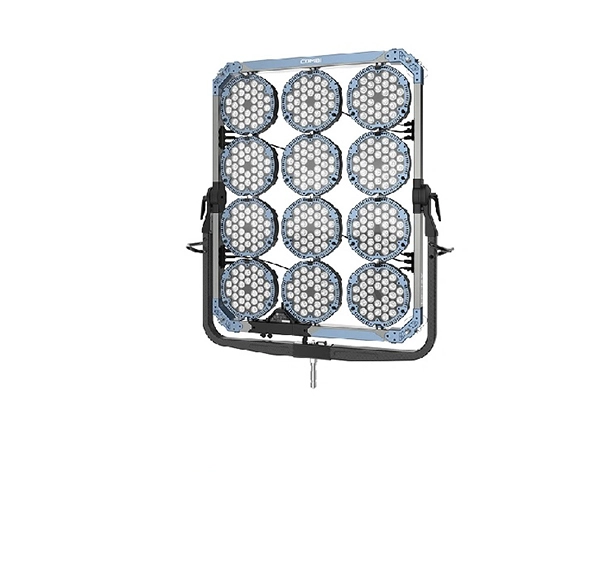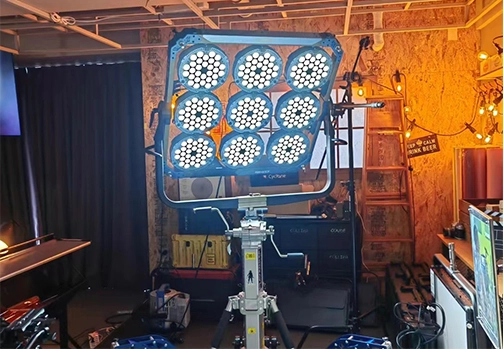The cinematic landscape is evolving swiftly, and at the forefront of this transformation is the advent of cinema LED lights. While traditional lighting methods have long been the industry standard, the introduction of LED technology has sparked a revolution in filmmaking. This blog post aims to provide a comprehensive comparison between cinema LED lights and traditional lighting techniques to illustrate how these innovative solutions are reshaping the cinematic realm.
The Emergence of Cinema LED Lights
To grasp the intricate details, let's first illuminate the inception of cinema LED lights. In recent years, LED technology has gained widespread acclaim across residential, commercial, and industrial sectors due to its exceptional energy efficiency, extended lifespan, and superior lighting quality. Filmmakers took note of these attributes, leading to the creation of cinema LED lights. These lights integrate LED lamps and fixtures tailored to meet the distinct requirements of the film industry.
Advantages of Cinema LED Lights
Cinema LED lights boast numerous benefits that make them highly coveted among filmmakers. Foremost, their unparalleled color accuracy ensures scenes are presented with utmost realism. Whether portraying vibrant or subtle hues, cinema LED lights reproduce colors more authentically compared to traditional lighting techniques, resulting in heightened cinematic experiences. Additionally, the flexibility offered by cinema LED lights allows for effortless adjustments in lighting intensity, beam angle, and color temperature, empowering cinematographers to create diverse lighting moods and atmospheres.
Traditional Lighting Techniques: A Nostalgic Reflection?
Nostalgia often prompts us to cling to traditions, and the film industry has been no exception. Over the years, traditional lighting techniques like tungsten and fluorescent lights have been the industry norm. However, these methods come with inherent limitations. Traditional lighting techniques generate significant heat, rendering them unsuitable for delicate cinematic sets. In contrast, cinema LED lights remain cool, fostering a comfortable filming environment and minimizing the risk of accidental burns or damage.
Furthermore, compatibility issues often arise with traditional lighting techniques, particularly regarding adapting to different countries' power supplies. Cinema LED lights, however, offer global compatibility, ensuring uninterrupted filming sessions regardless of the shooting location.
The Future of Filmmaking: A Harmony of Tradition and Innovation
While cinema LED lights showcase numerous advantages, it's crucial not to dismiss traditional lighting techniques entirely. Filmmakers still value the unique qualities and atmospheric effects achieved through traditional methods. Yet, with LED technology continually advancing, a harmonious coexistence of LED and traditional lighting techniques is foreseeable. This amalgamation will provide cinematographers with the best of both worlds, granting them complete creative control and endless possibilities in their cinematic ventures.
Cinema LED lights have undeniably revolutionized filmmaking, offering flexibility, energy efficiency, and unmatched color accuracy. Their advantages over traditional lighting techniques position them as a preferred choice for many filmmakers striving to deliver captivating and visually stunning movies. As LED technology progresses, the cinema industry is poised to embrace its potential even further. Whether it's a dazzling blockbuster or an indie masterpiece, cinema LED lights are illuminating the silver screen in ways previously unimagined.
 English
English 日本語
日本語 한국어
한국어 Español
Español italiano
italiano العربية
العربية






